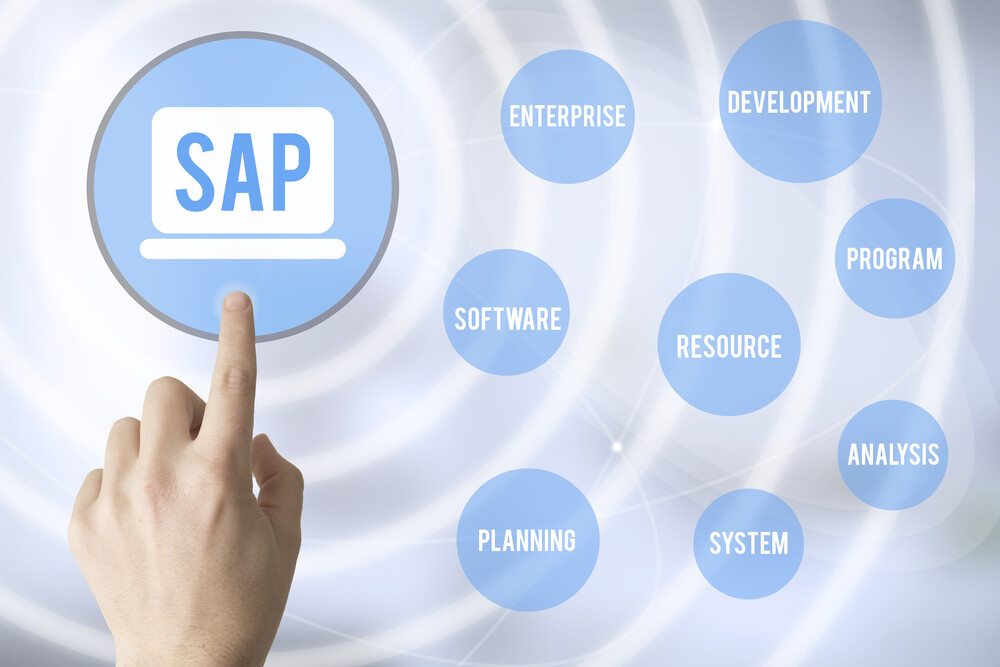
What is SAP Big Data? SAP Big data are the sea of records we swim in each day. A huge zettabytes of data pouring in from our computers, mobile devices, and machine sensors. Businesses use this data to drive decisions, improve processes and policies, and create customer-centric products, services, and experiences.
SAP Big data is defined as “big” not only because of its volume. That because of the diversity and complexity of its nature. It often exceeds the capacity of traditional databases to capture, manage and process. And big data can come from anywhere or anything on earth that we can digitally monitor. Weather satellites, Internet of Things (IoT) devices, visitors cameras, social media trends. These are just some of the data sources that are evaluated and analyzed to make companies more resilient and competitive.
Click Here For A Guide To Knowing About SAP Software
Type of Big Data

- Structured data: This type of data is the easiest to organize and search through. You can include things like financial data, machine registrations, and demographic details. An Excel spreadsheet, with its predefined column and row layout, is a great way to visualize structured data. Its components are easily categorized, allowing database designers and administrators to define simple search and analysis algorithms. Even if the structured data is in enormous amounts, it is not necessarily considered big data because the structured data itself is relatively easy to manage and therefore does not meet the definition criteria of big data. Traditionally, databases have used a programming language called Structured Query Language (SQL) to manage structured data. SQL was created by IBM in the 1970s to enable developers to create and manage relational (spreadsheet) databases, which were just beginning to evolve at the time.
Click Here For What is SAP? Meaning of SAP ERP Software - Data unstructured – The data categories can include things like social media posts, audio files, images and candid customer comments. This type of data cannot be easily captured in standard row-column relational databases. Traditionally, companies looking to find, manage, or analyze large amounts of unstructured data have had to resort to tedious manual processes.The potential value of analyzing and understanding such data has never been questioned, but the cost of doing so has often been too exorbitant to be worthwhile. Given the time involved, the results were often out of date before delivery. . Rather than being stored in spreadsheets or relational databases, unstructured data is typically stored in data lakes, data warehouses, and NoSQL databases.
- Semi-structured data: As it sounds, data Semi-structured data is a hybrid of structured data and unstructured data. Email is a good example as it contains unstructured data in the body of the message as well as other organizational properties such as sender, recipient, subject and date. Devices that use geotagging, timestamps, or semantic tags can serve structured data alongside unstructured content. An unidentified smartphone picture, for example, can still tell you that it’s a selfie and the time and place it was taken. A modern database with AI technology can not only identify different types of data instantly, but also generate algorithms in real time to effectively manage and analyze the different datasets.

